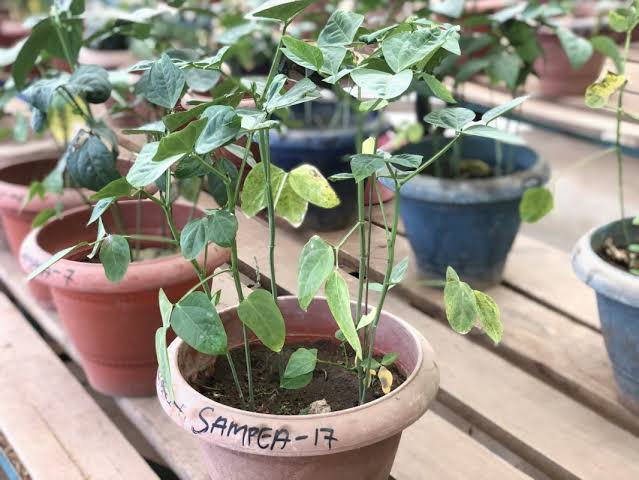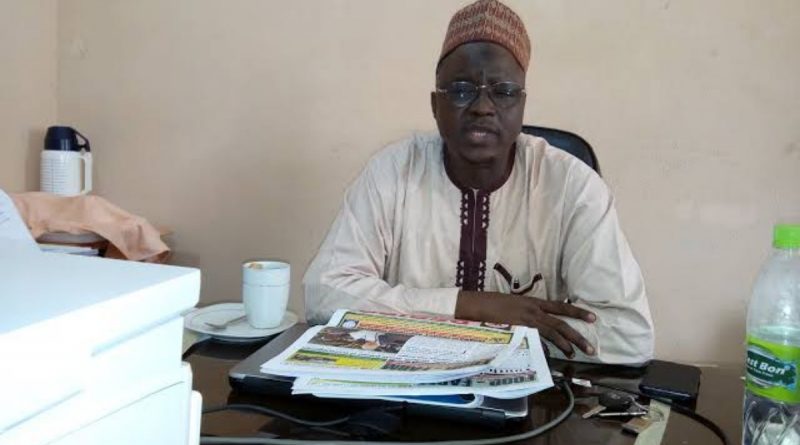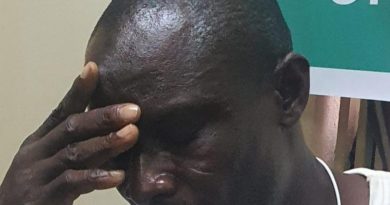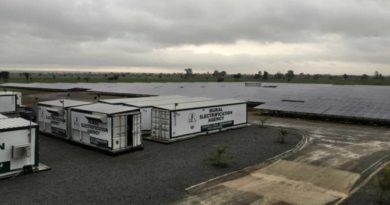Why IAR ABU Is Underperforming In Seed Production – Prof Ishiyaku
The Institute of Agricultural Research (IAR), Ahmadu Bello University (ABU), Zaria, Kaduna State, is 98 years old. It was established in 1922 as the research division of the Department of Agriculture for the defunct Northern region of Nigeria. IAR was formally transferred by law to the later established Ahmadu Bello University (ABU) on October 14, 1962.
The research institute -IAR is the largest hub of seed production in the country, with the national mandate of genetic improvement of cowpea, cotton, groundnut, sunflower, Jatropha, maize, sorghum and natural resource management, food and nutrition, as well as sustainable poverty reduction, improved livelihood and labour-saving technology.

Record from the institute shows that they have so far released 20 varieties of cowpea, 13 varieties of cotton, 26 varieties of groundnut, 48 varieties of sorghum, 54 varieties of maize, including hybrid, 4 varieties of sunflower and have developed a number of equipment for farm mechanisation.
ALSO READ: Samaru Community Reacts to Selection of new ABU VC IAR
The Institute of Agriculture Research – IAR has a 34-hectare farm estate, where they produce different categories of foundation seeds and at their out-stations. They also employ the services of out-growers in case they overstretch their resources.
But last week, Professor Muhammed Ishiyaku, who is a cowpea breeder and the executive director of the institute, explained to the minister, Alhaji Sabo Nanono, why the rate of achievements in the seed-producing hub was continuously going down and performing below expectation. He said there was a huge gap of plant breeders.
“My Department of Plant Science in ABU has the highest number of Nigerian concentration of plant breeders in one place. The department has 22 plant breeders in the department and seven professors of plant breeders engaging in practical activities, not just teaching the theory.
“From experience, we realised that the ratio of plant breeders to crop and problems to be tackled is still nowhere to go by. We need to redouble the number. For instance, in cowpea, there are pests-related problems and physiological problems. On each of these ones there are subsections to which you must allocate a fulltime plant breeder to successfully tackle the problem, but we don’t have this.
“Secondly, there are some suboptimum capacities of these plant breeders, especially today, we have a large number of certified plan breeders, but unfortunately, many of them have never gone outside a breeding nursery to the level of maintaining sustainable plant breeding programme . This is a big challenge, which we have to take to strengthen their capacity internally,” he said.
He also mentioned that inadequate infrastructure for rain gutter development, screened houses, and the condition-controlled environment between houses and glass houses, were generally lacking.
“They are inadequate for us to be able to do round breeding activities. For instance, in December the temperature is low, and if you want to have a breeding nursery it would not be easy for many of our crops because they are tropical. We rely mostly on the rainy season, and that will take longer years (up to six years) for pure line and cross breeding crops like maize.
You need to evaluate your hybrid as you generate them, in order to breed more varieties. These infrastructures need to be provided. We need to expand to avoid relying on the rainy season to do our varietal development. We have to engage and exploit the potentials of irrigation,” he said.
He said low fiscal allocation in budget for research and development made it extremely difficult to do anything significant. “For instance, if we have N626 million, it is not just for plant breeders but also for other scientists in the IAR and all our associated physical development capital projects.
These budgets are very funny when compared to our colleagues at the international level. This is the reason the rate of our achievement is continuously going down and we perform below what is expected. Many of our breeders cannot make themselves mobile enough to visit many of their breeding outfit outside experiment.
He said the release of fund was very slow and one could not predict when it would come. He added that research could not develop on this because one needed to know which fund was available for research before planning.








